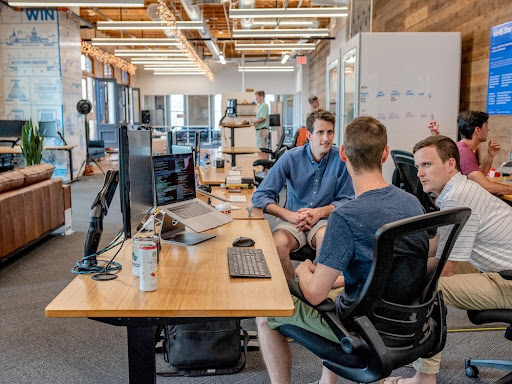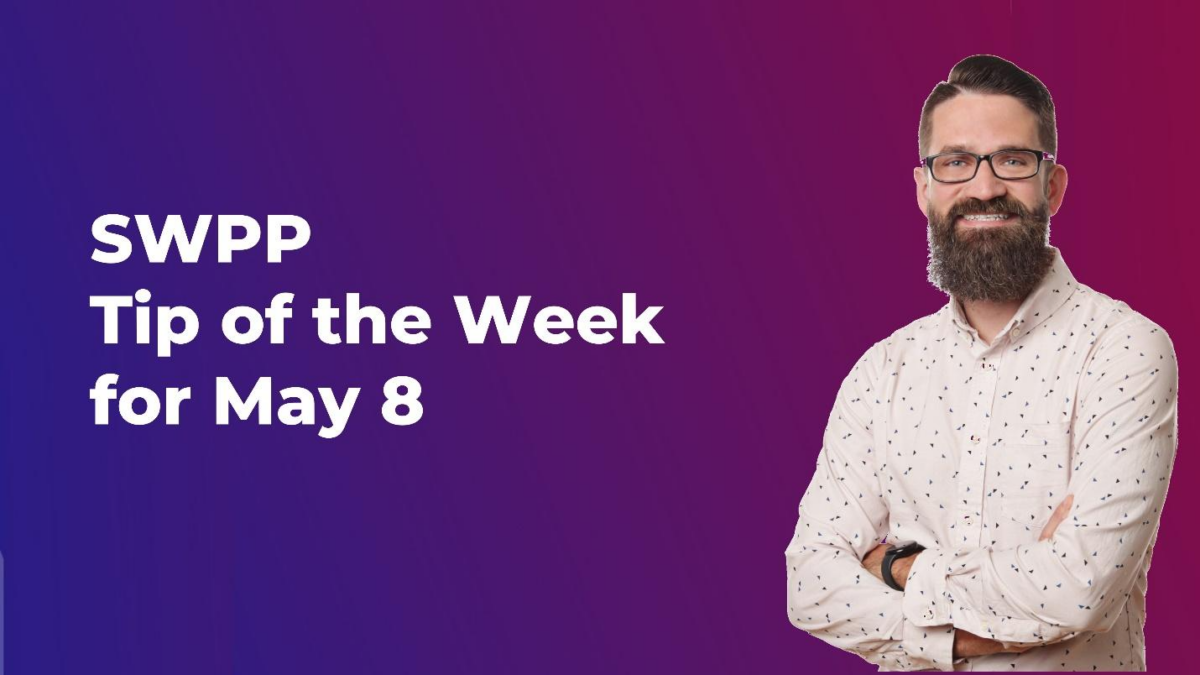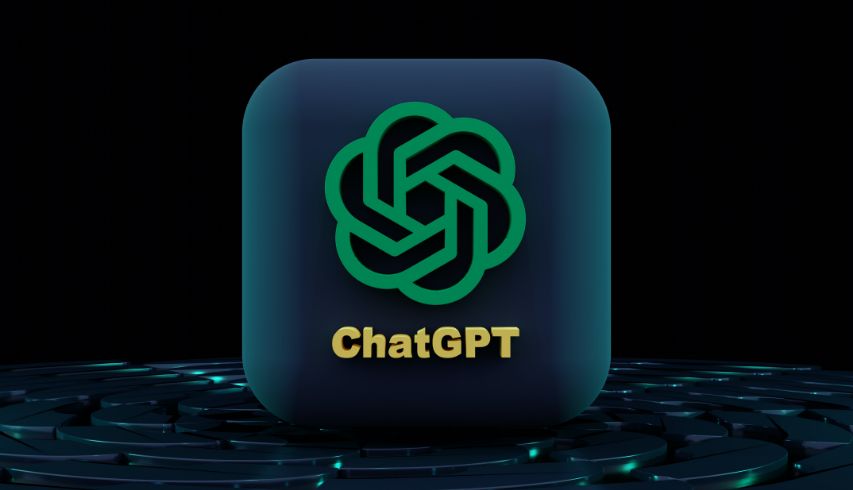Fostering Well-being: The Crucial Role of Self-Care for WFM Leaders

As workforce management leaders we often live in a world of chaos and exhaustion. I know, such a cheerful way to start a blog. But the reality is that many of us are constantly staring burnout in the eyes. Whether it’s ourselves, our teams, or the agents we support, our environment is full of people pushing themselves to the limits and hoping they’ve got more gas in the tank. This is why the topic of self-care is incredibly important for WFM leaders, but all too often it’s something that we leave for the HR team to take care of. We assume that it has nothing to do with us or our ability to impact our contact centers. When in reality self-care is critical to our ability to grow personally, and professionally, and create an environment we want to work in. So, what is self-care?
Defining Self-Care:
Self-care is both comprehensive and intentional care for our well-being. It involves us paying attention to our physical, mental, and emotional needs and then taking planned steps to meet them. Whether it’s going for a run, practicing mindfulness, or creating space for our feelings, self-care is a conscious investment in ourselves.
Debunking Misconceptions:
It’s selfish: Unfortunately, many of us have a misunderstanding of self-care and so we typically avoid it. We see self-care as selfishness. We think that it’s focusing on our own needs at the exclusion of others and it inherently feels wrong. We see ourselves as servant leaders and believe we’re benefiting our teams and our families when we constantly give of ourselves. But what we’re missing is that we cannot pour into others if we are empty.
Self-care is not selfishness, and in fact, it’s likely the best thing we can do to help those around us. We are more effective in our support and help to others when our tank is full or nearly full. Prioritizing self-care enables us to replenish our energy, compassion, and empathy, allowing us to better serve those around us.
It’s a one-time act: We also have to remember that self-care is not a one-time event. We get little to no credit for taking a vacation 2 years ago or getting a massage 6 months ago. Think about self-care like a garden. If you do some heavy weeding and planting on a day and then let it go for 6 months all of your work will have been for nothing. Instead, we need to continually water, weed, and care for the plants. In the same way, we need to be paying attention to our physical, mental, and emotional needs and addressing them today, not in 6 months.

Why WFM Should Care:
The impact: I have a sense that at this point I may be losing some of you. “That’s all great Dan, but how does this impact my WFM or contact center team?”. I’m so glad you asked!
The stats are in and our contact center industry is in a full-on forest fire of burnout. 75% of call center agents are at risk of burnout (source). The average agent turnover is at a 25-year high (source). Burned-out employees are 63% more likely to take a sick day (source). Employees who frequently experience burnout are 2.6 times as likely to be actively seeking a new job (source). If anyone is going to care about employees taking sick days and high attrition rates it’s going to be the WFM team.
When burnout is left unchecked we see productivity decrease, shrinkage increase, and attrition rates increase. This in turn creates an incredibly challenging environment to forecast, schedule, and real-time manage. Simply put WFM should care about burnout because ignoring it makes our jobs harder!
Our environment: Plus, many of us are ripe for burnout. The WFM team sits at the crossroads of IT, HR, Finance, Marketing, Operations, etc. This gives us a great opportunity to know what’s going on in the organization and possibly help lead conversations. But it also easily leads to a sense of overwhelming burnout. When each of these teams brings its own “top priority” we are left holding the bag trying to figure out which one is the “most top of all tops”.
On top of this, we have likely created a career by being right. “Why did we miss service level yesterday?” “How many calls are going to come in on October 25th?” “When should we start hiring to make sure we have enough people for the busy season?” We are used to being the person that people come to for all sorts of questions. We have added value by always being connected, available, and quick with the right answer. I mean, can you think of a better environment for a burned-out leader?
It spreads: In the same way that burnout spreads, so does self-care. WFM leaders should care about self-care because when we do we lead by example. We help create the environment we want to work and live in. Those that are watching us, whether at home or at work, can see the value and benefits of intentionally and comprehensively taking care of our well-being.
Self-care is not a luxury or an afterthought for WFM leaders—it is an essential ingredient for personal well-being, professional success, and cultivating a positive work environment. By understanding the comprehensive and intentional nature of self-care, debunking misconceptions, and recognizing its impact on our industry and teams, we can embrace self-care as a strategic investment. Let us lead by example, prioritizing our own well-being while inspiring others to do the same. By integrating self-care practices into our lives and organizations, we can foster a happy, engaged, fulfilled, and aligned workforce while driving positive business outcomes.

This was part 1 of a 2-part series on self-care so make sure to check out our other blog (coming next week) that will give tips on how to practice self-care. Also, feel free to reach out to us anytime with questions about workforce management best practices, and how to build team cultures that encourage self-care. WFM is often full of chaos and exhaustion, but that doesn’t mean you have to do it alone. We’re here and we’ve got your back.


























